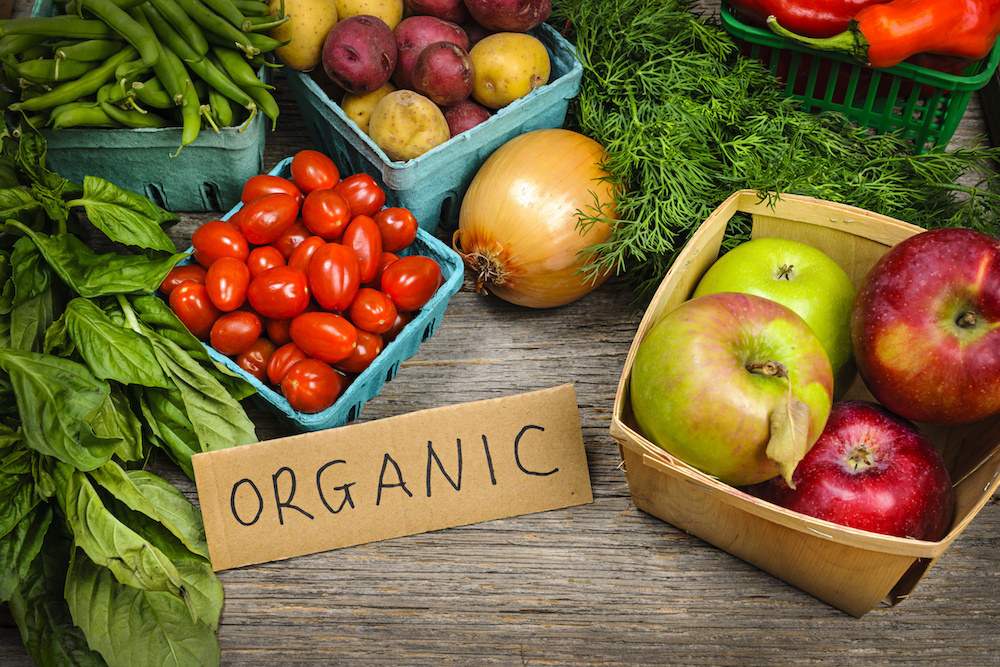The U.S. organic food market surpassed $45 billion in sales in 2017, but organic acreage only account for 1% of the country's total farmland. This isn't just the case for the U.S. - this imbalance is being mirrored around the world. What are some of the biggest obstacles blocking the growth of organic farming, and can anything be done to mitigate them? In this blog post we'll explore 3 major barriers to entry for organic growers, and look at how the industry and its stakeholders are coming together to overcome them.
Problem: Scarce Support
Traditionally, organic farmers have fewer tools available to them compared to their conventional neighbours, such as improved crop varieties and strategies for battling weeds or disease, fewer experts to consult, and less research dollars backing them.
With the US's total organic acreage accounting for only 1% of the country's total farmland, organic farms are few and far between. As a consequence, organic growers for the most part do not have the peer support many conventional growers enjoy.
Response: More Goverment Aid and Peer-Led Programs
Support is steadily mounting for organic growers. The Farm Service Agency (FSA) in the USA provides. It provides Certification Reimbursement, which covers up to 75% of growers' certification costs each year up to $750 per certification scope; financial assistance to establish required conservation buffer zones; loans for the requisite separate storage facilities (organic products cannot share storage with conventional products); low-interest loans; among other forms of financial aid and support services. The FSA's initiatives mirror many other countries' efforts to support organic production.
There are also an increasing number of programs to provide current and would-be organic growers with the peer support they may lack. Farmer alliance programs like the Collaborative Regional Alliance for Farmer Training (CRAFT) - a peer-led initiative to bring established growers, farm apprentices, and aspiring growers together with chapters all over North America - provide education, mentorship, and community. CRAFT farmer alliances, for instance, organize internship and employment opportunities, mentoring, field days, technical assistance, workshops, conferences, social gatherings, strategic business planning courses, farm incubators, and more.
Problem: Transition Period Stress
Undoubtedly, with every big change comes a sometimes uncomfortable transition period - but the transition period to organic farming is especially daunting. Growers are required to keep their land chemical-free for three years before they are certified as organic. Therefore, for three years, aspiring organic growers are growing by organic rules and at organic costs, but for conventional prices.
Response: Certified Transitional Initiatives
Quality Assurance International's Transition program helps growers shoulder the upfront costs of transitioning and provides education and other resources to help ease the process.
Member companies of the QIA's Transition program "certified transitional" initiatives give soon-to-be organic growers a premium during the difficult three years of transition. Member brand Kashi, for instance, sells two boxed cereals and six flavors of granola bars made from products from transitioning organic farms.
Additionally, some companies with a stake in the organic movement, including Annie's and Costco, commit to buying crops from aspiring organic growers before they begin the transition. Transitioning is a costly process, and the assurance of guaranteed business once the transition period is over goes a long way to encourage growers to take the plunge.
Problem: Crop Rotation Struggles
As pesticide use is prohibited in organic farming, organic certification requires a three-year rotation of crops - by shuffling through different crops, growers interrupt weed, pest, and disease cycles. However, maximizing these rotations for the sake of the soil often seems to come at a cost. “It would be ecologically beneficial to rotate [strawberries] with brassicas—like broccoli or mustard greens—which suppress fungal pathogens, but consumers don’t pay as much for those crops as they do for strawberries,” says Liz Carlisle, Stanford University lecturer and author of Lentil Underground, which chronicles Montana’s organic agriculture movement. “And the land rent is based on strawberry profits, so farmers are in a bind.”
Response: Boost Value of Soil-Benefitting Crops
Earthbound Farms, the largest producer of organic salads in the US, introduced “riced” cauliflower and broccoli, often purchased to replace starches in lower-carb diets. This was done to try to increase demand for those crops, because growing them as part of crop rotation is good for soil. The company is working to identify other vegetables that are good for rotation and devise ways to boost their value and encourage consumers to buy more of them.

As we explored in a previous blog post, organic produce now accounts for 2.6% of global market sales for food and beverage - almost double the share it held in 2012. By 2024, global organic food and beverages sales are slated to reach 323.56 billion USD. When contrasting these projections with the slow growth rate of organic farms, it illustrates how fraught the transition process is for growers. However, as we've seen in this post, the organic food industry and its stakeholders continue to devise ways to help ease this process - and help organic growers and the organic produce market itself reach their full potentials.
Need a refresher on any of Croptracker's features? Head over to our Knowledge Base, where you'll find step-by-step tutorials as well as common troubleshooting tips and more. And as always, if you're ever stuck, never hesitate to e-mail us at support@croptracker.com or Live Chat with us by clicking the green speech bubble ![]() in your bottom right-hand corner. We're always happy to help you let Croptracker make your farm become more efficient, safe, and profitable!
in your bottom right-hand corner. We're always happy to help you let Croptracker make your farm become more efficient, safe, and profitable!


